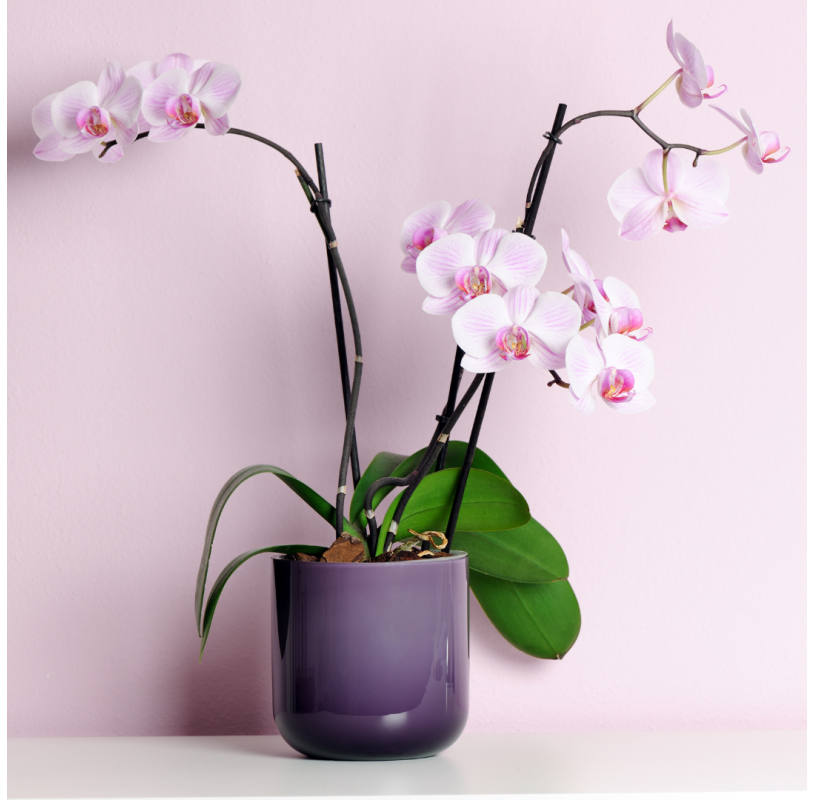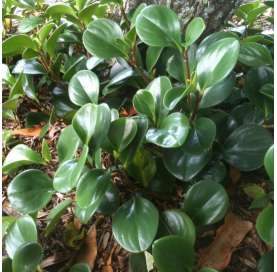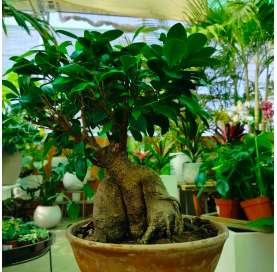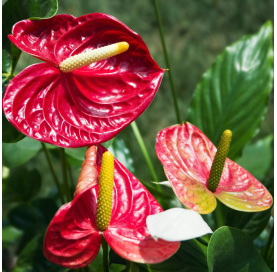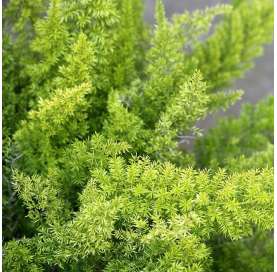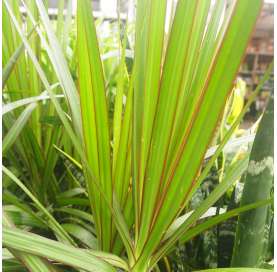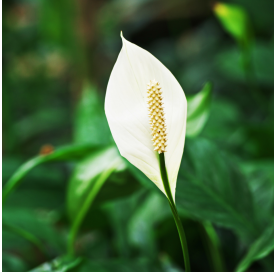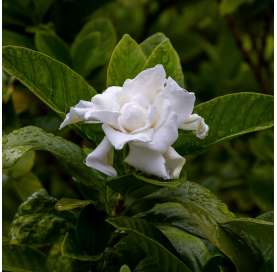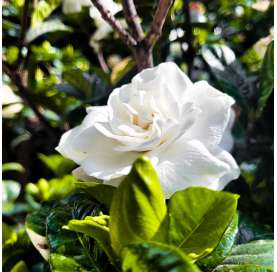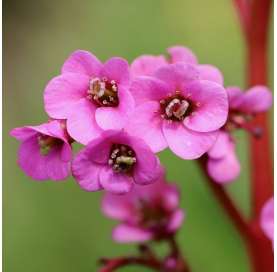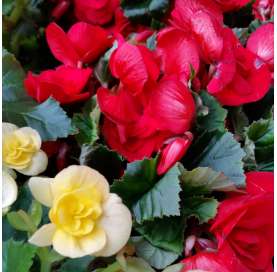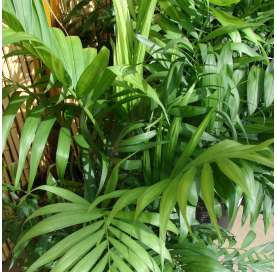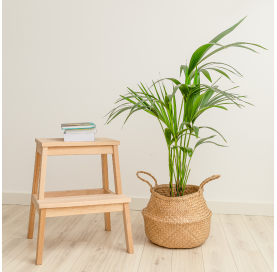Orquidea
Orchids (Orchidaceae) are exotic plants known for their elegant and diverse flowers, widely used in decoration for their beauty and ease of care. They thrive in indirect light, require moderate watering, and grow best in well-aerated substrates. Some species, like Vanilla planifolia, produce vanilla.
 Encrypted payments for greater security
Encrypted payments for greater security
To reduce the plant's time in transit, shipments are made from Monday to Wednesday.


Shipping only to mainland Spain and mainland Portugal
Orchid (Orchidaceae)
Description
Orchids belong to the Orchidaceae family, one of the largest plant families, with over 25,000 species and thousands of hybrids. They are known for their exotic and sophisticated flowers, which come in a variety of shapes, colors, and patterns. Their roots can be aerial or subterranean, depending on the species. The most commonly cultivated orchids are epiphytic, meaning they grow on other plants without being parasitic.
Origin and History
Orchids are found on almost every continent except Antarctica. They are particularly abundant in tropical and subtropical regions of America, Asia, and Africa. Their history dates back to ancient civilizations such as the Chinese and Greeks, who attributed medicinal and aphrodisiac properties to them.
Curiosity
Some orchids, like Vanilla planifolia, are the natural source of vanilla, widely used in cooking and perfumery. Additionally, many orchid species have unique pollination systems that rely on specific insects, such as bees and butterflies.
Care
- Location: Prefers bright, indirect light. Indoors, place near a window with sheer curtains.
- Temperature: Ideally between 18°C and 25°C (64°F – 77°F), avoiding sudden temperature changes and drafts.
- Soil: Needs a light and well-aerated substrate, such as pine bark, sphagnum moss, or a special orchid mix.
- Fertilization: Use a specialized orchid fertilizer every two weeks during spring and summer, reducing frequency in autumn and winter.
Watering
Water when the substrate is dry, usually once or twice a week, depending on the climate. It is best to soak the pot in water for a few minutes and then allow it to drain completely to prevent root rot.
Pruning
- After flowering, cut the flower spike if it has completely dried out. If it is still green, it may bloom again.
- Remove any dry or damaged leaves and roots to keep the plant healthy.
12 other products in the same category:
-
Peperomia obtusifolia.€8.00
-
Ficus microcarpa€30.00
-
Anthurium andreanum. Red€23.90
-
Foxtail fern - Asparagus...€15.90
-
Spathiphyllum€9.90
-
-
-
Bergenia cordifolia€4.80
-
Begonia Elatior€5.00
-
Chamaedorea elegans.€3.50
-
Howea Forsteriana. Kentia...€38.00

 English
English Spanish
Spanish